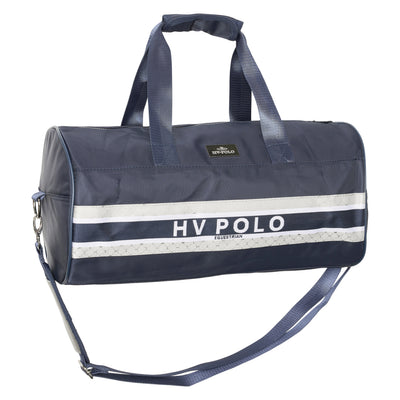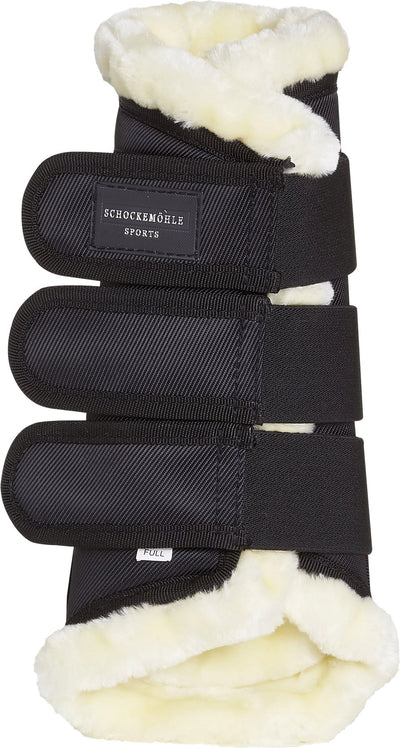A helpful guide to horse riding boots!
One of the top sellers is always riding boots and we keep various brands and styles in stock. Many of you will instantly know which is your preferred style and need no help or advice at all in choosing but there may be some of you out there that will just find the whole subject confusing. I mean who can blame you with the plethora of riding boots out there! Hopefully, this guide will help demystify the whole subject.

Firstly, why do we have riding boots? Well, riders use their legs a lot of the time to control their horses bodies and correctly fitting boots can help with that aspect, along with increasing the riders comfort. Not all long boots are the same, some are designed specifically for men and others for women and children. Understanding the benefits of each style and cutting through the technical jargon will hopefully help pinpoint the right boot for you.

For the sake of this blog, we are not going to delve into when you should consider making that all expensive purpose. That's for another day. This is designed for those who have already decided they are in riding for the long haul and want to take the plunge.
We can break long boots into three different categories, the field boot, the dress boot and the hunt boot. The majority will have a zip at the rear and there are some which pull on (you tend to find rubber riding boots fall into this category)
The Field Boot is a a long leather boot that features a lace-up closure at the front of the ankle, this allows for greater flexibility of the rider’s ankle. Field riding boots are favoured by rider’s who enjoy show jumping, eventing and even hunting. The extra comfort provided by the lace-up closure comes into play when rider’s need to get into their jumping position and the ankle has to bend in order to accommodate them shortening their stirrups.


The Dress boot is a long formal boot often with a higher cut on the outside of the rider’s leg which extends over the outside of the knee. This cut is commonly referred to as a Spanish Cut or Bow top. It is favoured by dressage rider’s and competitive show jumpers alike. They are the most popular style of long riding boots and were traditionally black in colour and made from leather, although synthetic leather has made these more affordable these days. Also; as the years go on, there is a greater variety of colours and embellishments on many styles now coming through to give a touch of individuality whilst schooling or competing.


Rubber boots for riders on a tighter budget also fall into the dress boot category although don't tend to feature bow tops. They are great for cleaning though as a quick spray with a hose or placed under a tap will get them looking clean in no time. The only downside with rubber boots is they tend to be less fitted around the ankle than leather boots and we've found a few of our riding school riders will lose them when doing work without stirrups and they have not kept their toes up!

The hunt boot shares many similarities with the dress boot with one stark difference, the hunt boot has a contrasting cuff at the top of the boot. Hunt boots are traditionally made from black leather with a cuff of tan or brown leather at the top on the boot, and worn by male hunt riders. Ladies hunting footwear differs slightly with most ladies wearing field dress boots when out with the hunt.

A pair of show riding boots feature a straight top with garter straps. These were traditionally worn out hunting and were originally designed so the straps went through a button on the riding breeches to stop them riding up. Also, as boots back then were not made of a stiff box calf it helped to stop the boots from dropping and sagging. These boots tend to be worn for showing classes and hunting.
It's important to note that we are referring to boot styles in this blog. There are lots of different types of boots on the market from hybrid boots designed for wearing around the yard and riding in; to actual riding wellingtons that use the best rubber and are created to withstand the demands placed on it by being placed in a stirrup. Normal wellingtons do not fall into this category.
Finally, for some riders, they don't like the feel of long boots and prefer a short jodhpur boot with a set of gaiters or half chaps. This is particularly the case with parents of young children who would prefer the ease and less expensive option of short boots when they are starting out as beginners. Again, we'll save that blog for another day!!
























